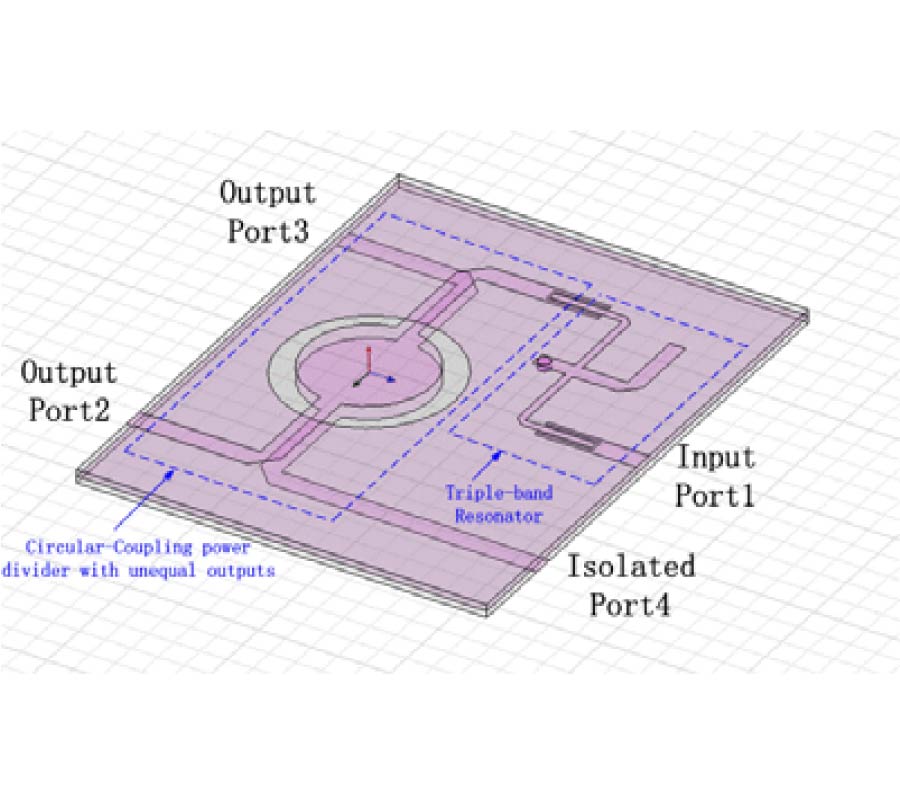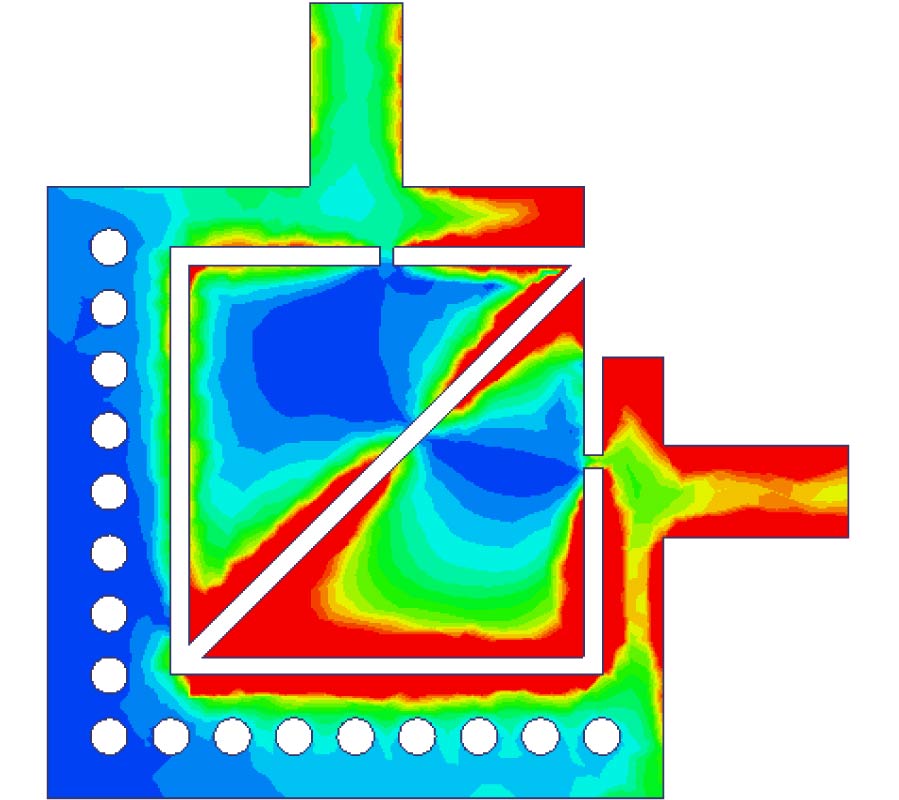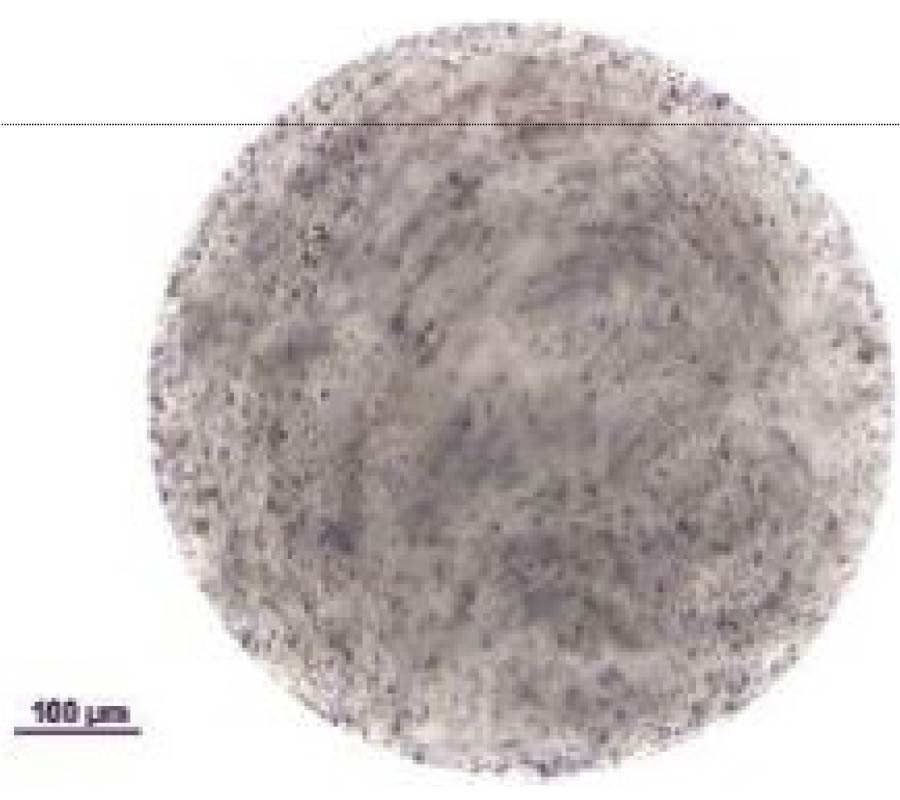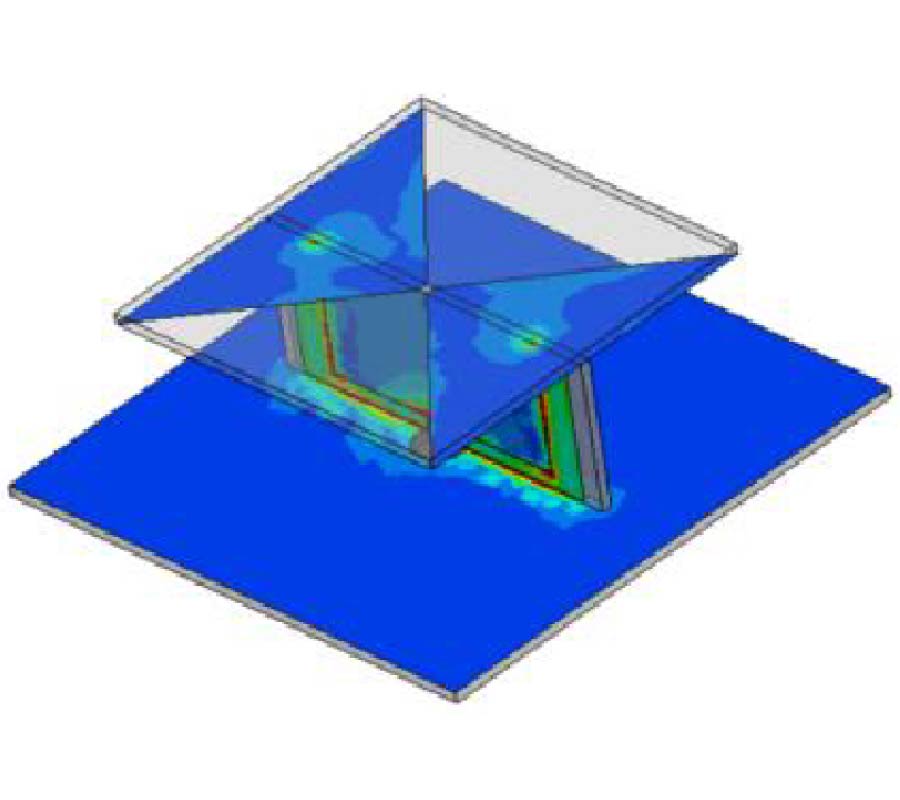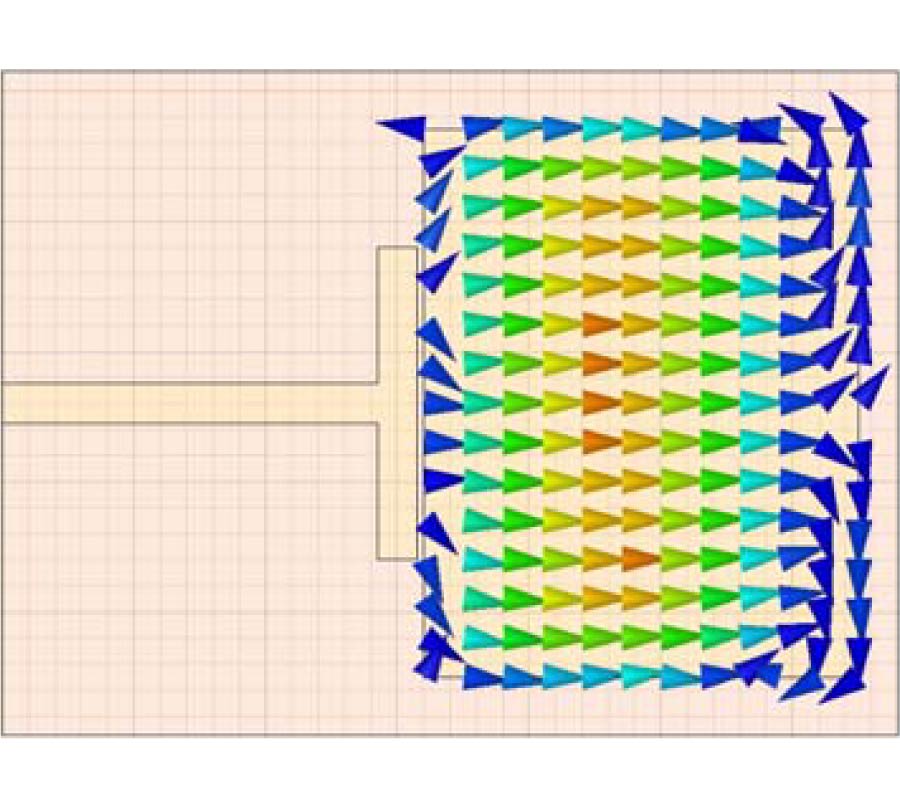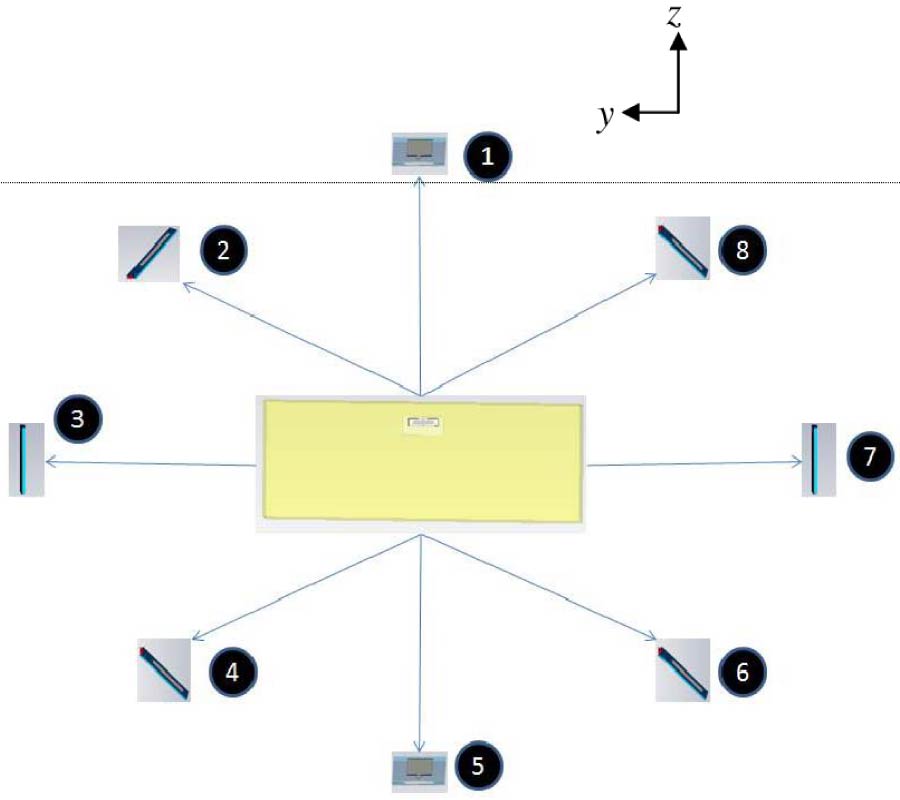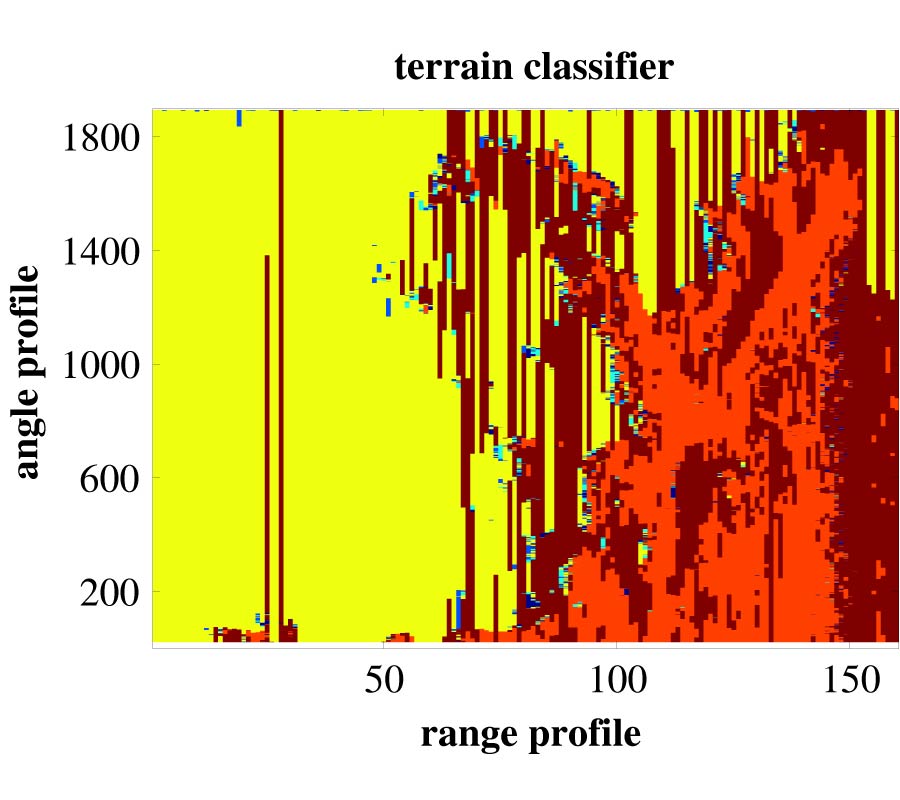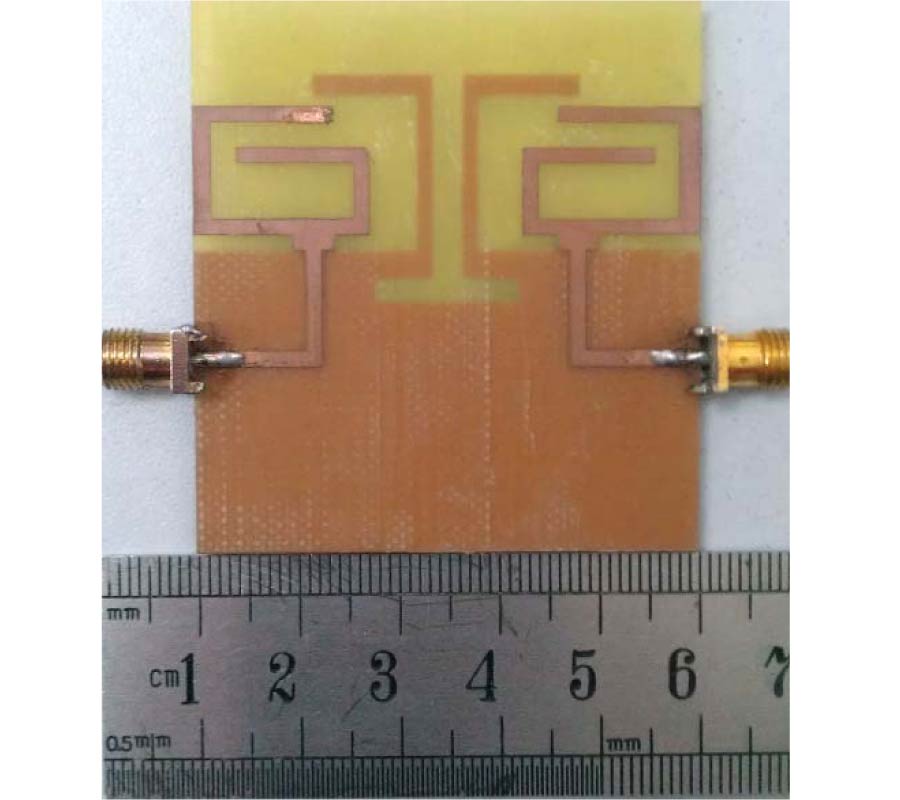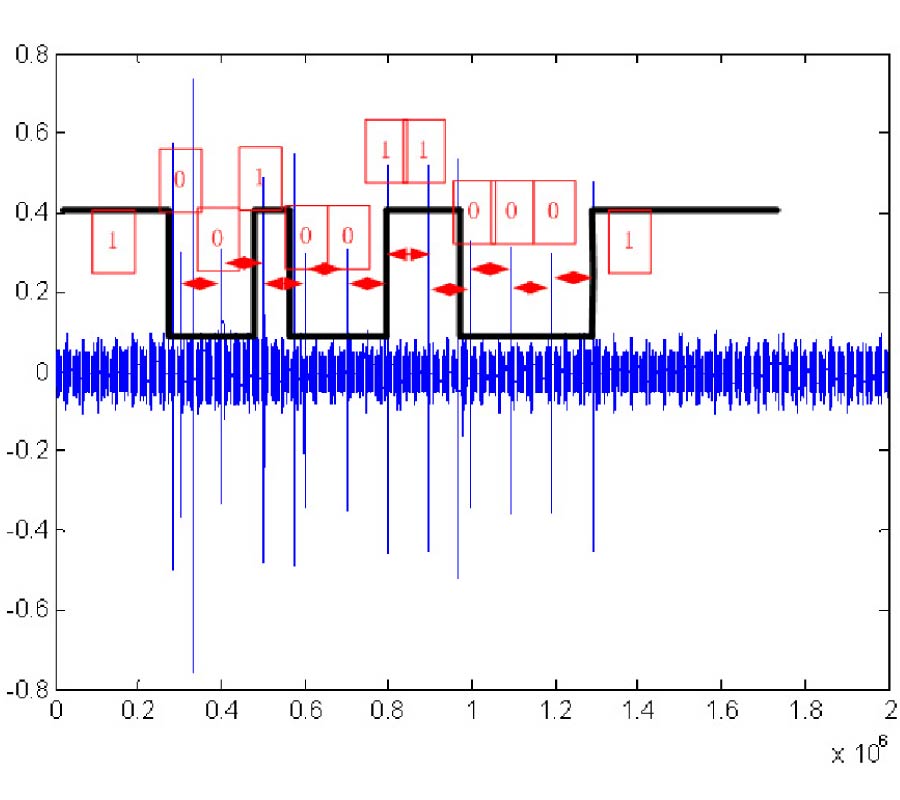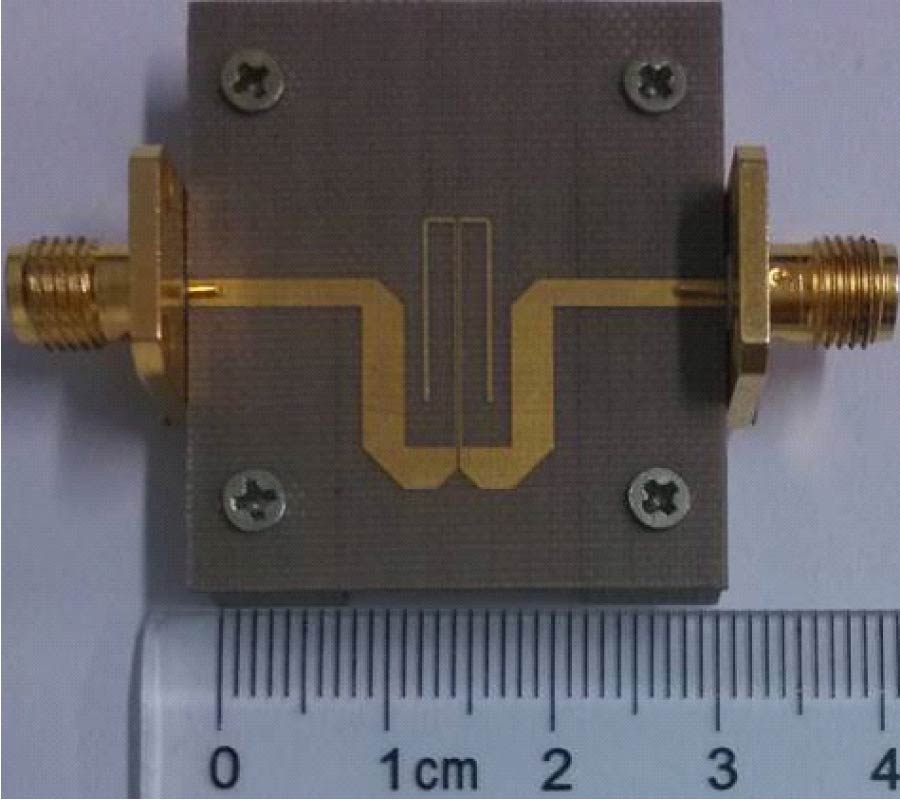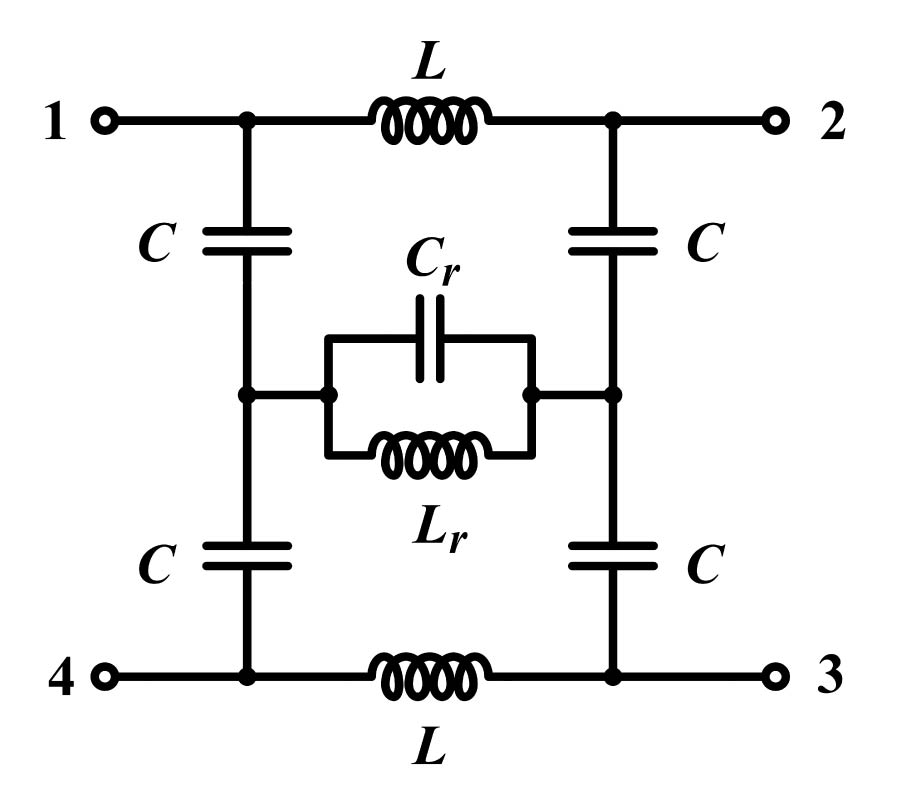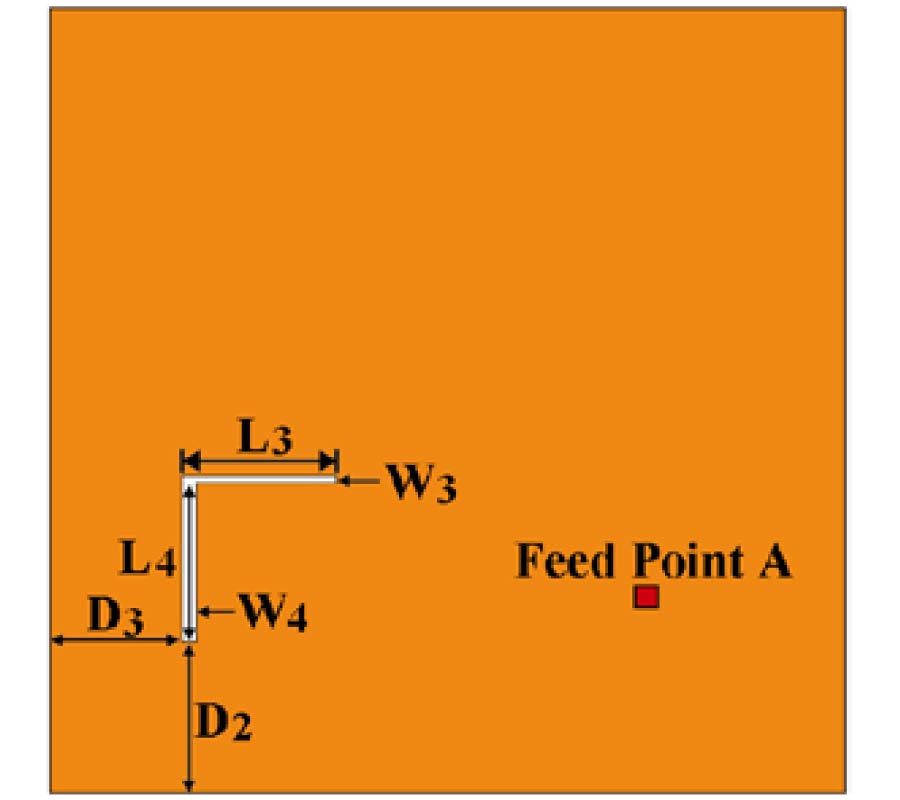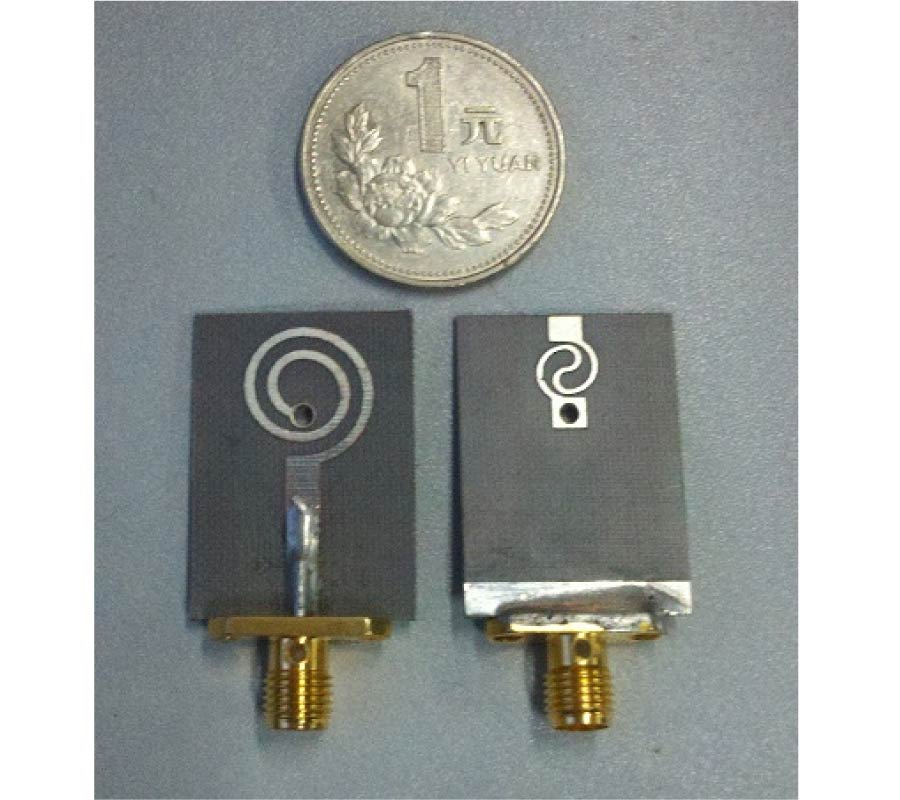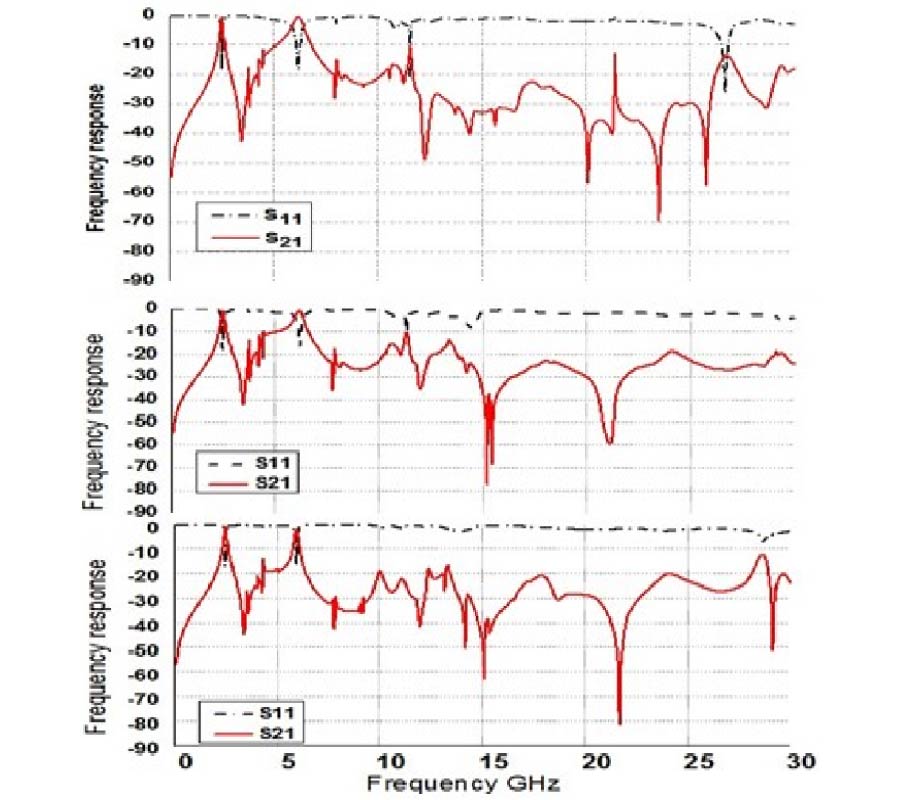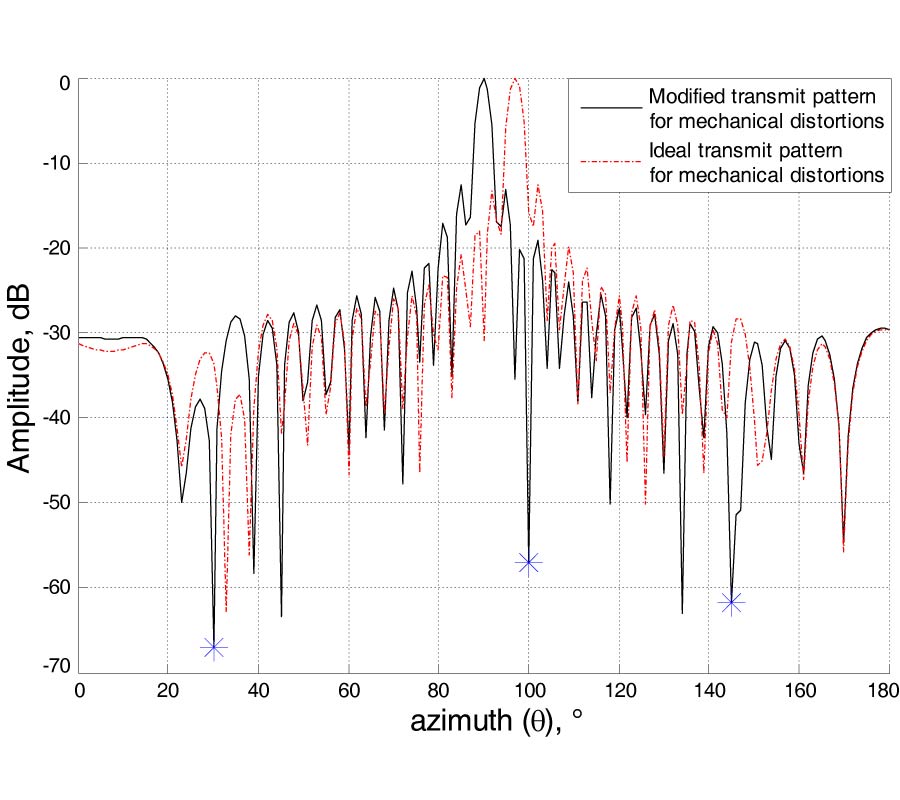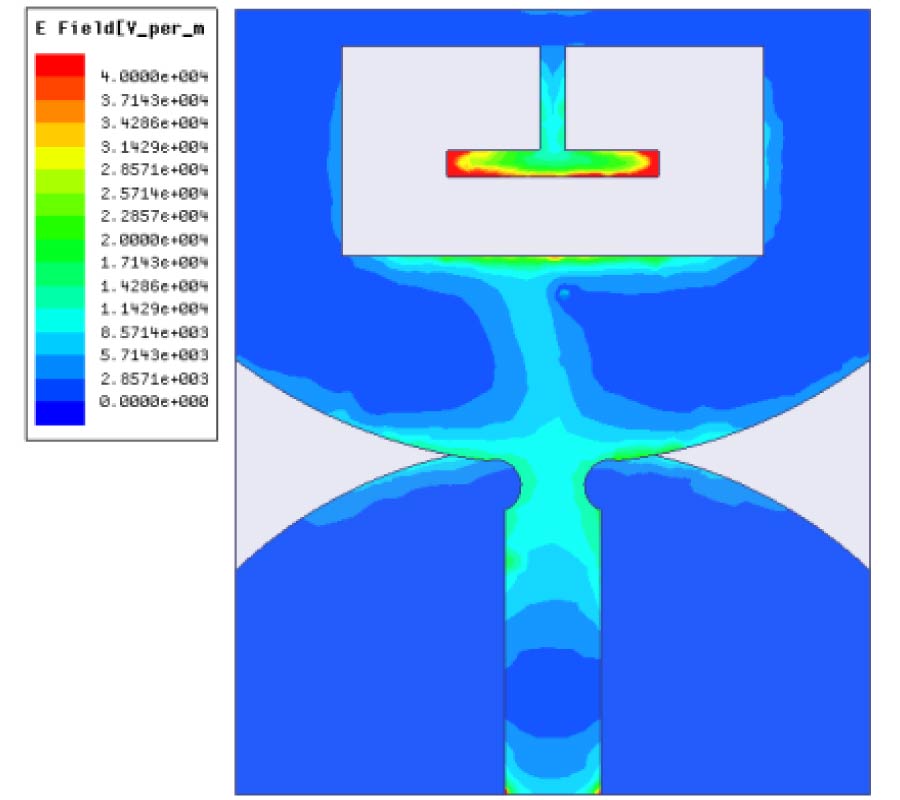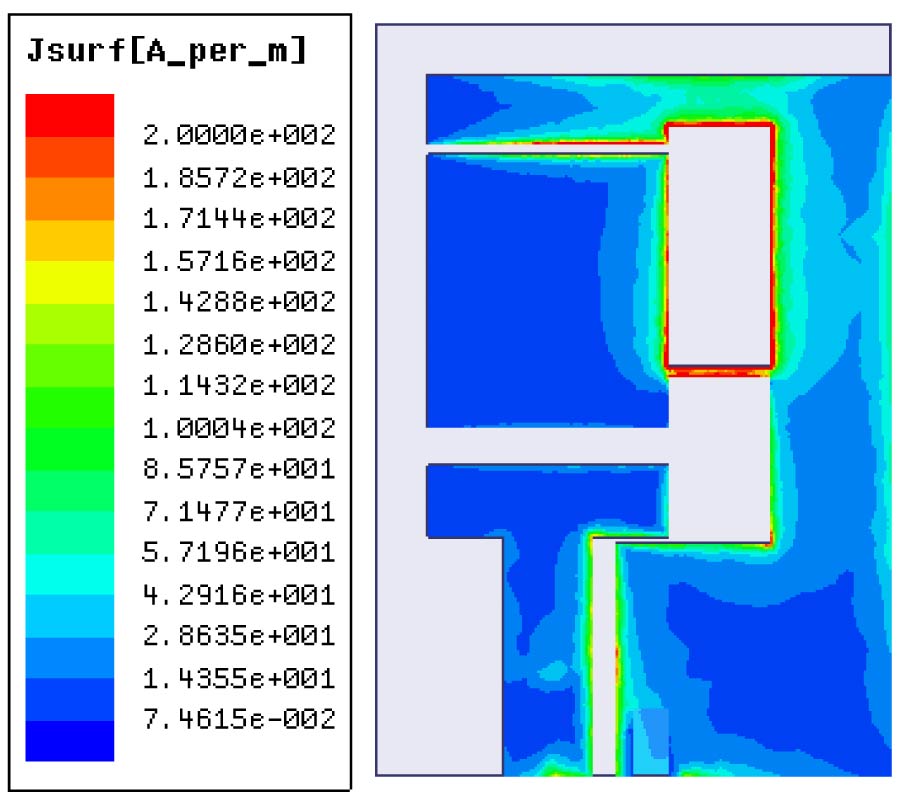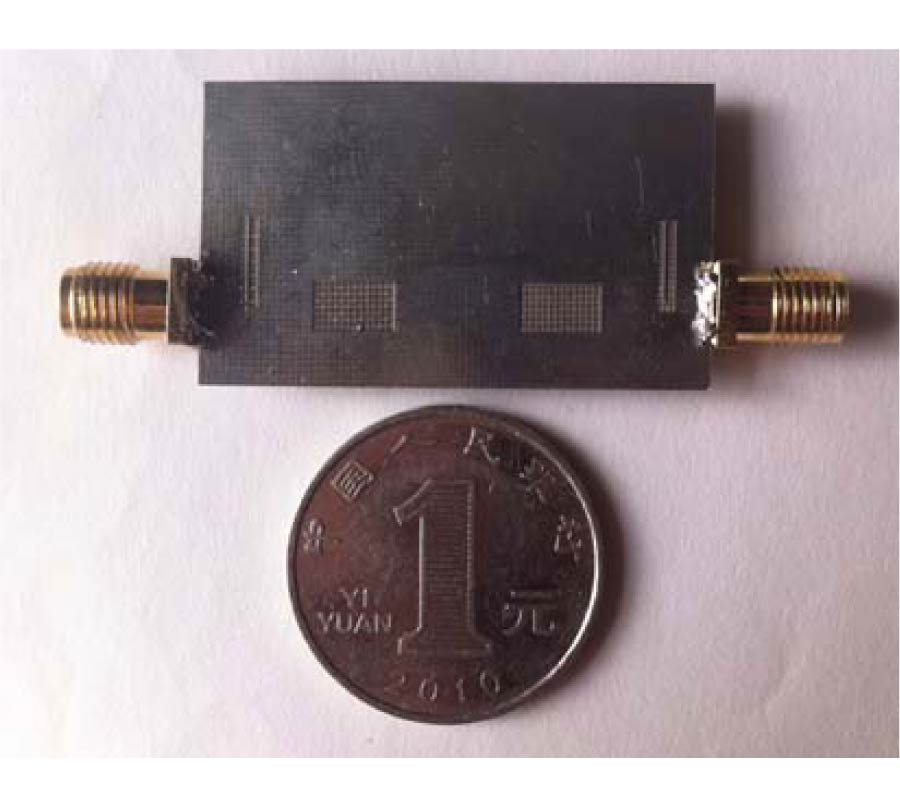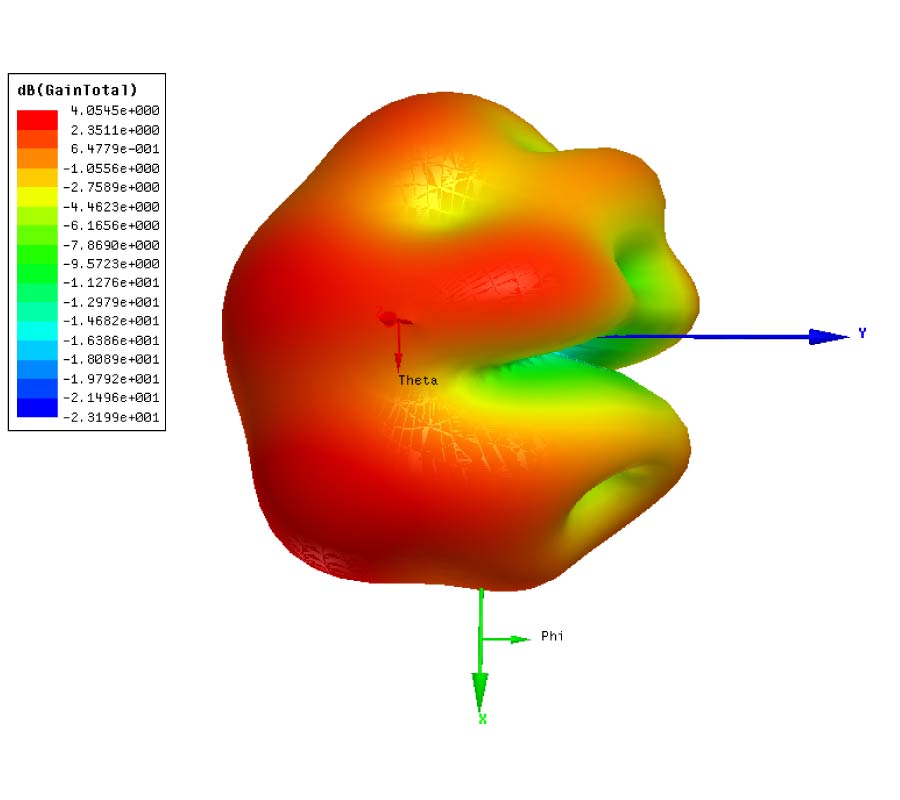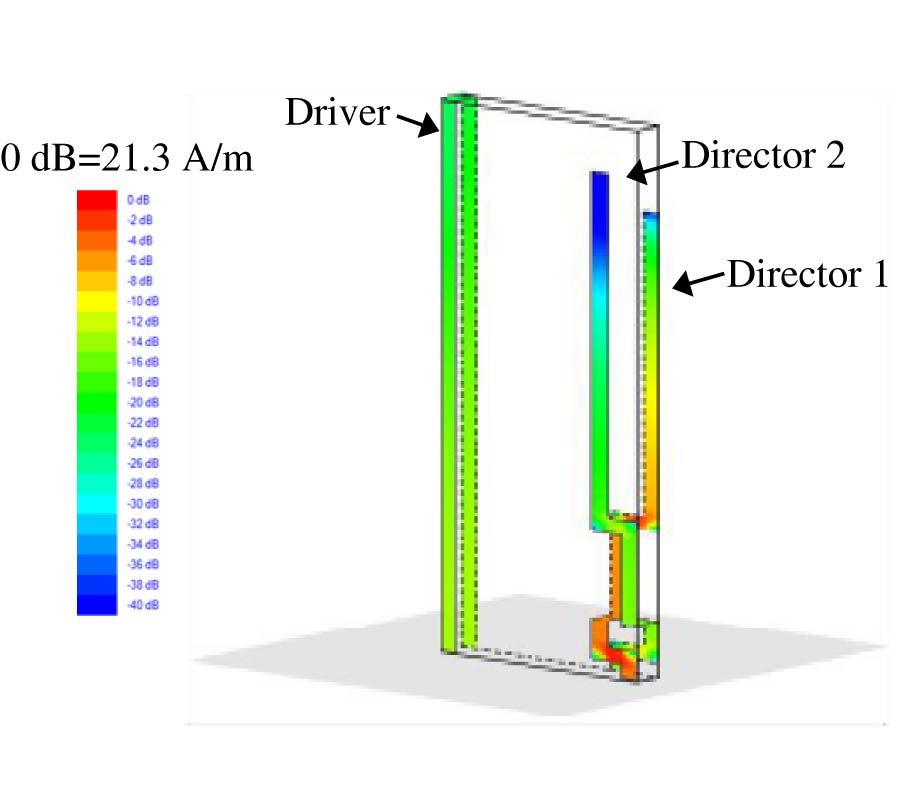2013-07-15 Latest Published
By Hai-Jin Zhou
Hua-Feng Wu
Guo-Zhong Lei
Yun-Zhu Ma
Progress In Electromagnetics Research C, Vol. 41, 255-265, 2013
Abstract
In this paper, we present a new design of a compact tri-band unequal power divider, which is composed of a circular-coupling power divider and a triple-band resonator. The unequal power dividing characteristic is realized by two circular shaped microstrip lines coupled through a circular shaped slot. The triple-band resonator, which comprises a conventional half-wavelength resonator, a short stub and an open stub, deals with the triple-bandpass performance. The proposed tri-band power divider with 1:1.6 output power ratios working at 3.4 GHz, 4.2 GHz, and 5.25 GHz is simulated and fabricated, and good agreements between the simulated and measured results are observed.
